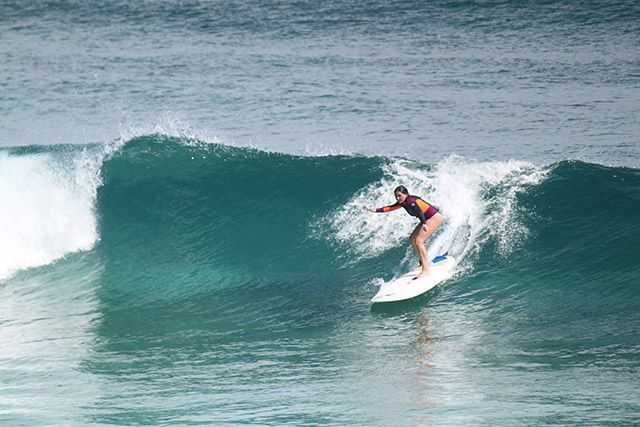
By: Jim Oppenborn, St. Lucie County Coastal Resources Supervisor
Another year of artificial reefing in St. Lucie County is gearing up. St. Lucie County has grant contracts with the Florida Fish and Wildlife Conservation Commission (FWC) to deploy three reefs on the North County Nearshore Site this year. Planned for 2016 are:
- One 1,500-ton secondary concrete reef;
- One 1,000-ton secondary concrete reef; and
- One artificial reef consisting of 24 Limestone special artificial reef memorial modules.
The County has started collecting high quality, used secondary concrete (such as culverts, light poles, and bridge slab) and currently has approximately 1,000 tons already collected with potential deliveries planned from American Concrete Industries, the City of Vero Beach, Environmental Land Development, and Precision Paving.
The County is also looking for a large (>50 feet) steel vessel (barge, tugboat, coastal freighter, etc.) to be donated to the 501(c)3 non-profit Sea-life Habitat Improvement Project (S.H.I.P.). The vessel will be cleaned, towed to an artificial reef site off the Treasure Coast according to U.S. Coast Guard float plan, and deployed on an existing artificial reef site to enhance recreational activities (fishing, diving) on the Treasure Coast.
The St. Lucie County Artificial Reef Program wants to ensure that fish life continues to be robust on Treasure Coast reefs. Sea Rover Services has been chosen as the program’s artificial reef consultant under a continuing services contract. This winter the County will send SeaRover out to monitor artificial reefs during the full moon in an attempt to document potential grouper spawning on these reefs. Elevated numbers of large gag and scamp have been documented on St. Lucie County artificial reefs in daylight hours during spawning season (January through May). It will be important to see if these groupers coalesce to form spawning aggregations at nighttime on some of the higher profile artificial reefs over the winter. It is known that these species previously spawned on the now-degraded, high profile Oculina coral reefs. If spawning activity were to be documented on artificial reefs then it might provide a reason to deploy more high profile artificial reefs offshore the Treasure Coast. The FWC is again helping to support this evening monitoring through its grant program.
In addition to benefiting fish stocks, artificial reefs provide habitat for endangered species. Secondary concrete reefs are known for providing resting (and possibly foraging) habitat for loggerhead turtles (Caretta caretta) during the daytime hours. Recent night dives during sea turtle nesting season have found loggerhead turtles on a reef six nautical miles from the beach begging the question of whether artificial reefs help in staging of sea turtles prior to nesting or help in recovery of sea turtles after nesting.
If anyone is interested in the St. Lucie County Artificial Reef Program, would like more information on the memorial module program or would like information on naming an entire reef, please contact Jim Oppenborn, St. Lucie County Coastal Resources Supervisor at oppenbornj@stlucieco.org or (772) 462-1713.
[easy-social-share]





